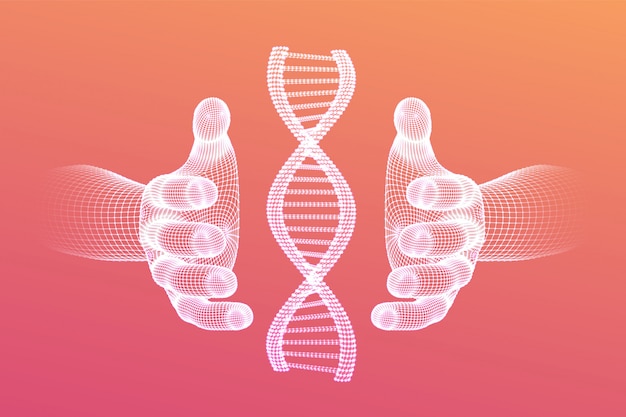NAD+: A Shield Against COVID-19
It’s already been months-long as we go through the difficulties of the global pandemic coronavirus, and there is still an uncertainty to when will these all end. The increase in anxiety and questions in research has brought all of us on edge. However, despite this, various sectors are diligently looking into the issues in hopes of finding the most effective solutions as soon as they can to cure and prevent COVID-19 infection. In this article, researches emphasize the ability of NAD+ to fight against COVID-19.
COVID-19 and mTOR
What is mTOR?
Also called mammalian target of rapamycin, mTOR is that pathway wherein mechanisms that regulate organismal growth and coordinate it with the availability of nutrients takes place. It is also called the major nutrient-sensitive regulator of growth in animals and plays a central role in physiology, metabolism, the aging process, and common diseases. It plays a significant role in the following:
- cellular senescence
- mitochondrial function
- Autophagy (the ability for cells to recycle their components)
It was discovered by Dr. David Sabatini, a graduate student at Johns Hopkins School of Medicine in 1991. He isolated an unnamed protein that would forever change his life and the field of science, which is now the mTOR.
(If you want to know more about this discovery, you may watch an hour-long podcast here:)
What is mTOR’s connection with COVID-19?
In a recent study, scientists confirmed that COVID-19 uses mTOR to initiate the growing and replication mechanics of the cell. This activity helps the virus produce ample elements that make it possible to multiply its group.
Since this newfound information on how COVID-19 works with utilizing mTOR, experts try to find ways on how to target mTOR, and one of these possibly effective ways is to try activating the anti-aging protein SIRT1.
COVID-19, SIRT1, AND NAD+
Now, what is the connection between the three terms mentioned in this section of the blog? First, we define Sirtuins.
Sirtuins are a protein group that plays various important roles but in the big picture, they work on cellular health, keep the functions balanced, and keeps the DNA from getting damaged. It can also shut off mTOR, so that excessive growth and replication can be avoided.

In relation to viral infections like the coronavirus, SIRT1 (also called NAD-dependent deacetylase sirtuin-1) is a natural regulator of mTOR, so it cuts down the replication mechanics of the virus’ intent. repressing it and slowing down the virus’s intent to replicate. Furthermore, it is also discovered that all sirtuins including SIRT1 have natural antiviral properties.
Raising NAD+ Levels to activate SIRT1
As mentioned earlier, SIRT1 is a NAD-dependent deacetylase sirtuin-1 in other terms. Given that SIRT1 activation is dependent on NAD+ levels, NAD+ support and SIRT1 activation could help minimize disease severity if administered properly. Restoring normal NAD+ levels could decrease the severity of immune reaction in those patients and improve their clinical condition, especially to the older people as they are greatly affected by COVID-19.
How do I increase NAD+ Levels?
There are easy ways you can start incorporating activities in your daily routine that will help you fix your NAD+ levels. Exercising helps the cells burn NADH for energy, thus generating more NAD+. Fasting also helps burn carbohydrates to accumulate NADH and becomes NAD+. You should also look into your daily menu and include healthy food in it, particularly fruits and fermented food like fish, dairy milk, green vegetables, and more because they are great sources of NADH and NR - which are some of NAD+’s precursors. Lastly, add intake of a NAD booster supplement or NMN cell revival supplement (NMN is a precursor of NAD) to help increase cellular energy and support healthy aging. Stay safe in this tough time everyone.


